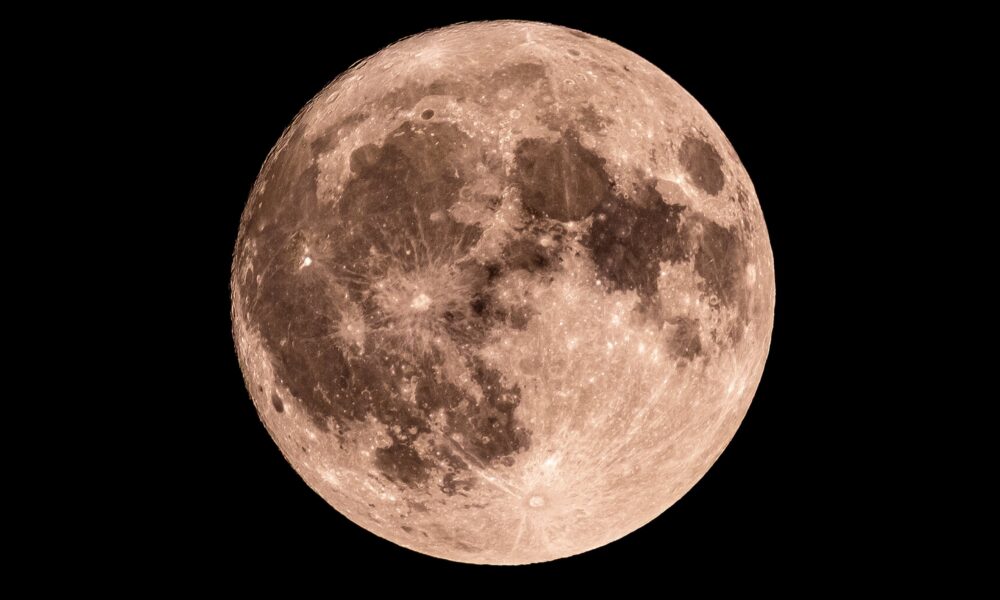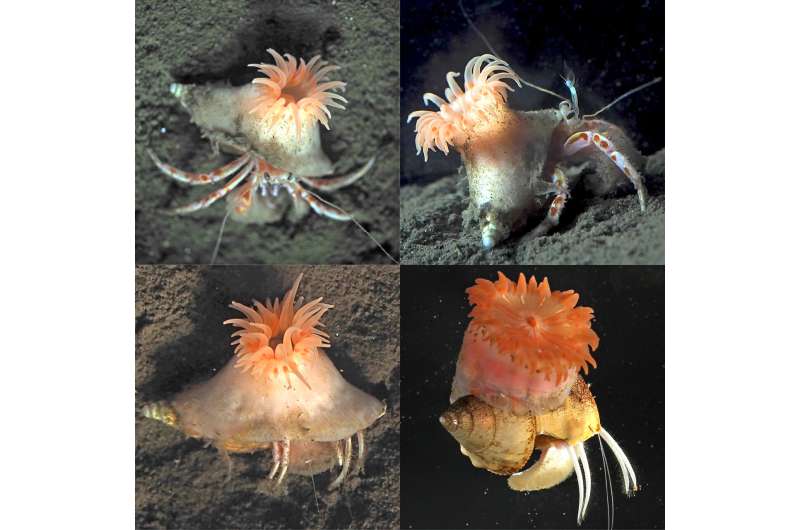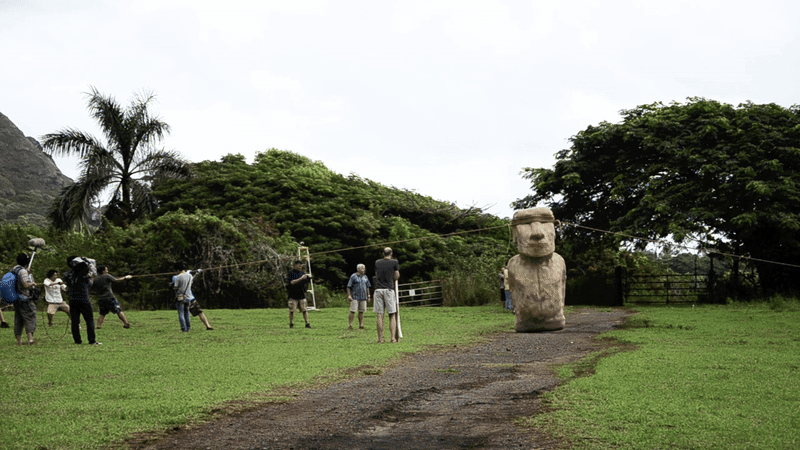A recent study has unveiled how molecules can form stable structures from seemingly chaotic interactions. Researchers from the Max Planck Institute for Dynamics and Self-Organization (MPI-DS) found that non-reciprocal interactions among molecules can lead to organized collective movement, a discovery that has implications for understanding living systems. The findings were published on November 5, 2025, in the journal Physical Review Letters.
In nature, the stability and functionality of living systems often rely on ordered structures. These structures arise from universal physical principles, enabling the formation of complex molecules and living matter. The study focused on non-reciprocal interactions, where one type of molecule is attracted to another that is repelled, creating unique patterns and structures.
Giulia Pisegna, the first author of the study, emphasized that “the chasing dynamics of non-reciprocal interactions gives rise to a spontaneous collective and directed motion of the particle species on a bigger scale.” She noted that while these interactions may appear chaotic initially, they ultimately result in stable and ordered formations.
To test the stability of the system, the researchers introduced noise and disturbances to disrupt the emerging order. According to Suropriya Saha, group leader at MPI-DS, the motility pattern exhibited remarkable robustness and stability even under these challenging conditions.
The researchers connected their model of non-reciprocal interactions to two seemingly unrelated theories: flocking behavior and surface growth dynamics. This interdisciplinary approach provided new insights into how collective movements can be maintained in complex environments.
Another significant aspect of the study involved examining how the particle patterns behave in a fluid where interactions occur. Typically, adding a fluid disrupts collective motion. However, the researchers discovered that patterns generated by non-reciprocal interactions remained stable, showcasing their resilience in complex experimental conditions.
These findings indicate that non-reciprocal interactions play a crucial role in primitive self-organization within complex chemical environments. Saha concluded, “These results will help us predict and describe properties of living systems.”
The research offers a deeper understanding of the physical principles behind molecular interactions and their implications for biological systems. It opens new avenues for exploring how order can arise from chaos, potentially influencing future studies on living matter and organic structures.
For further details, the complete study can be accessed in Physical Review Letters, authored by Giulia Pisegna and her colleagues.







